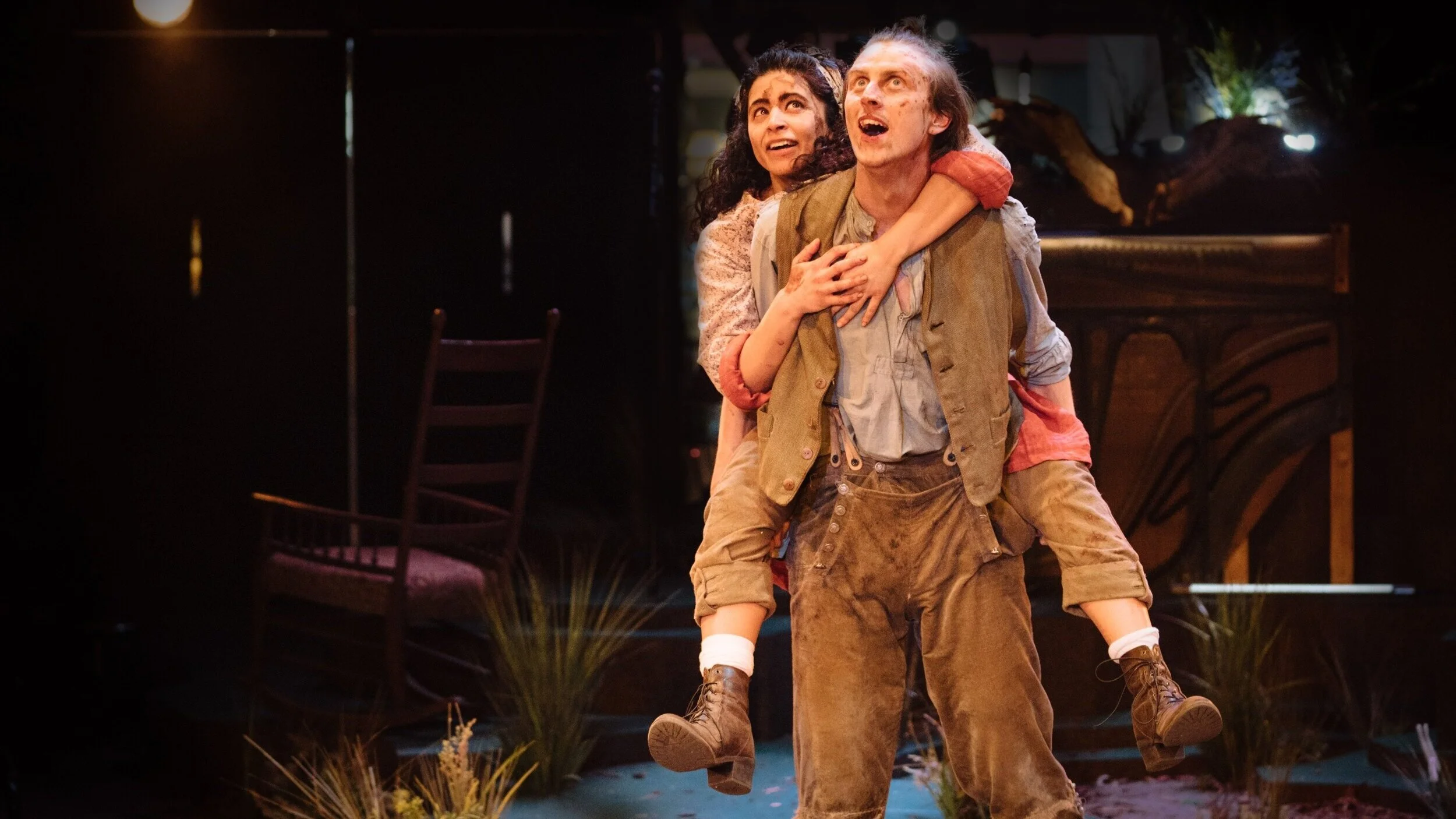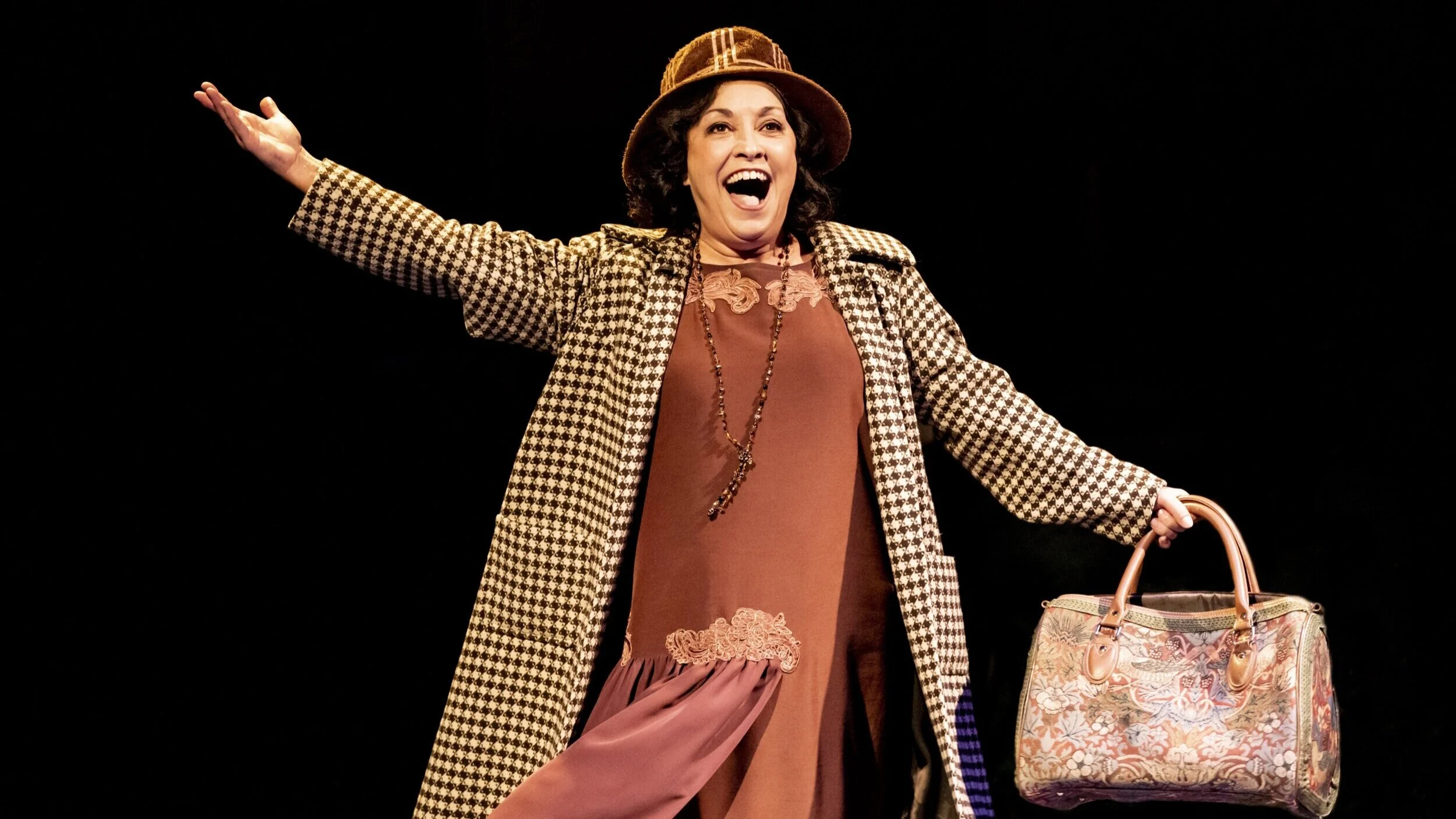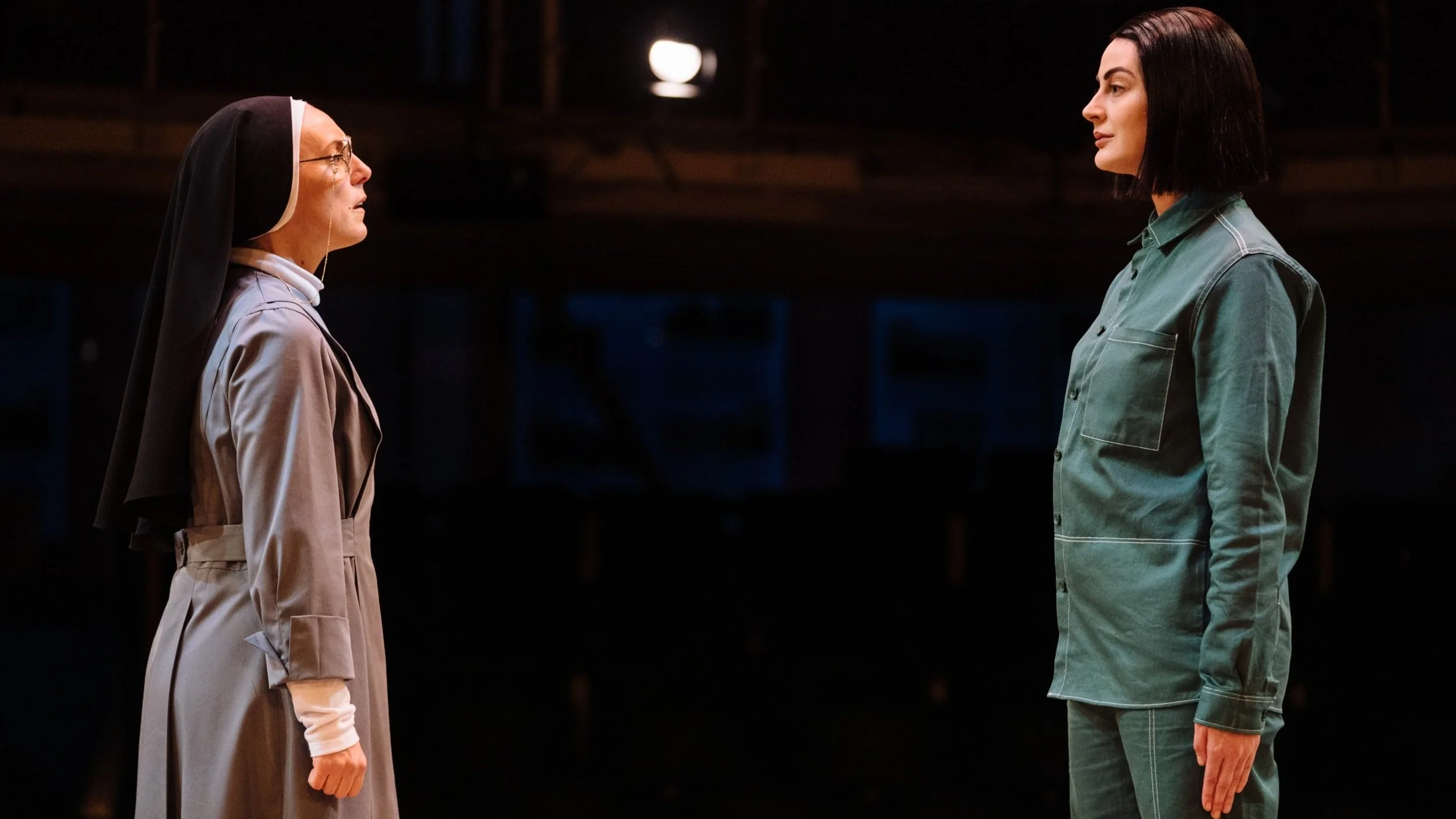The Clashing Cacophony of Wuthering Heights at the Royal Exchange
In a beautifully dissonant retelling of Emily Brontë’s traumatic love story, we are cast into the North Yorkshire Moors at the heart of the Royal Exchange. Bryony Shanahan brings Wuthering Heights to the stage in a production that is at once nostalgic, natural and neon.
Overflowing with energetic performances from the outset, the production does take a few scenes to find its stride. This is largely due to the outbursts of choral speaking that litter the early scenes. In a move that seems rather at odds with the approachable modernisation of the piece, these interludes mark an unnecessary desperation to cling to the exact words of the novel. Once free from these scriptural constraints, scenes begin to overlap seamlessly, as the play gathers vigorous momentum.
The first act is artfully physical. Cathy and Heathcliff, teetering on the precipice between childlike and animalistic, frolic amongst carefully positioned platforms, as the small stage becomes an infinitely sprawling moor. The playful and free interactions between the central pair are loving yet tainted by a risk of danger; their wild motions are balletic, though nothing short of feral.
Cathy (Rakhee Sharma) and Heathcliff (Alex Austin) present the visceral nature of life in the wild. Photos by Helen Murray
Through vibrant physical sequences, the production rather beautifully maps the passing of time. Though the motif of running laps around the circular stage was somewhat overused, the characters’ expressive physicality balances out a verbose script.
Musical interludes from Sophie Galpin and Becky Wilkie sew the story together, elevating the production and permeating a series of short, choppy scenes with intensity. Where Andrew Sheridan’s script is characterised by poetic, wordy exchanges, the musical composition from Alexandra Faye Braithwaite is emotional beyond its lyrics. Independently, they risk having little discernible meaning; combined, these theatrical elements imbue compound metaphors with a recognisable sense of narrative direction. Without a glimmer of Kate Bush’s iconic song in sight, the eerie, percussive cry of the musicians is what really sets this play apart.
On-stage throughout, the musicians are a powerful accompaniment, particularly to each of the infamous deaths. Combined with subtle movement and the artistic set design from Cécile Trémolières, we are at once distraught and strangely uplifted by each of these narrative milestones.
Rakhee Sharma takes the lead as Cathy, the lovable anti-heroine. Shakespeare’s Hermia is described: “though she be but little, she is fierce”; in this production, Brontë’s Cathy is just that. Outside of two powerfully moving moments of total hysteria, Sharma remains sassy and self-assured throughout, even when riddled with uncertainty. She rattles through her majority share of the script with tireless energy, handling challenging speeches with defiance. Indeed the whole cast work hard to normalise the script’s poetic language, each providing a welcoming tinge of Northern charm.
Lighting Designer, Zoe Spurr, reimagines the second half as descending neon lights isolate Heathcliff. Photo by Helen Murray.
Following the raucous coming of age arc of the first act, the second half can’t help but feel rather pared back. As the newly bare stage breeds a sense of stiffness, I can only assume the scenes are purposefully stunted from here on. Where the seemingly endless landscape afforded the first half with a sense of space and grandeur, the second act is decisively more claustrophobic. It feels as though the Royal Exchange becomes a small studio theatre, as actors step in and out of interlocking scenes. The set designer hands over to the lighting designer (Zoe Spurr), who plunges this story into monochrome modernity; the only remaining sense of fun seeps in through wonderfully dark cynicism.
Just as Shanahan’s production splits cleanly into two parts, so does Heathcliff’s characterisation. Yet he manages to remain strangely endearing as both the vulnerable untamed orphan and the sinister scorned lover, played with emphatic sarcasm by Alex Austin. Unfortunately, this aptly comedic characterisation doesn’t comfortably suit the melancholic monologues that round off the play.
In opposite, Dean Fagan takes on the challenging role of Edgar. Ostensibly a good man (just not the man we’re supposed to will Cathy to be with) Fagan plays the role of a pitiful fool with comedic good cheer. He and his sister, Isabella, provide light relief as the morally righteous counterparts of the Earnshaw siblings: Cathy and her brother Hindley, played with pantomimic villainy by Gurjeet Singh. Indeed the only character who remains consistently humble is Nelly, played charmingly by Samantha Power as a right Northern Mam.
Telling a story of selfishness and ultimately unlikeable characters, the cast at the Royal Exchange are tasked with getting the audience on side. With wonderfully measured moments of comedic lightness sewn into the script and performances, this latest production manages to maintain a sense of spontaneity within a 200-year-old tale.
Catch Wuthering Heights at the Royal Exchange theatre, Manchester until 7th March. For tickets and more information, visit the Royal Exchange website. (Photos by Helen Murray.)
If you’re inspired to consider more of the Brontë sisters’ work, celebrate Emily Brontë’s 200th birthday with Claire Margerison as she ruminates on the Impossibility of the Female Artist.







